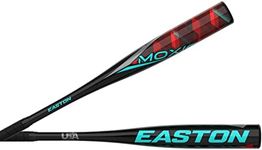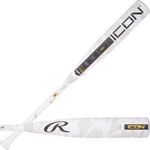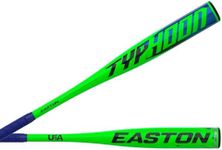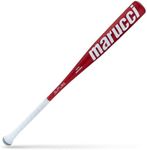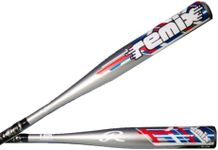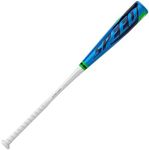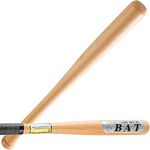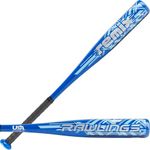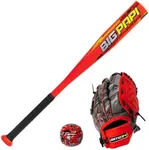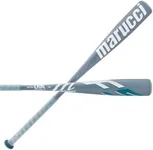Buying Guide for the Best Youth Bats
Choosing the right youth bat is crucial for young players to perform well and enjoy the game. The right bat can help improve their swing, increase their confidence, and ensure they have a great time playing baseball or softball. When selecting a youth bat, it's important to consider several key specifications to ensure the bat is the best fit for the player's size, strength, and skill level.LengthThe length of the bat is important because it affects the player's swing mechanics and reach. A bat that is too long can be difficult to control, while a bat that is too short may not provide enough coverage of the strike zone. To choose the right length, consider the player's height and arm length. Generally, taller players or those with longer arms may need a longer bat, while shorter players or those with shorter arms may need a shorter bat. It's important to test different lengths to find the one that feels most comfortable and allows for a smooth, controlled swing.
WeightThe weight of the bat is crucial for the player's swing speed and control. A bat that is too heavy can slow down the swing and make it harder to hit the ball, while a bat that is too light may not provide enough power. Bats are often labeled with a drop weight, which is the difference between the length and weight of the bat (e.g., -10, -12). Younger or less experienced players may benefit from a lighter bat (higher drop weight), while stronger or more experienced players may prefer a heavier bat (lower drop weight). The key is to find a bat that the player can swing comfortably and with good control.
MaterialYouth bats are typically made from either aluminum (alloy) or composite materials. Aluminum bats are generally more durable and less expensive, making them a good choice for beginners. Composite bats, on the other hand, can offer better performance in terms of pop and vibration reduction but may require a break-in period and are usually more expensive. The choice between aluminum and composite depends on the player's level of play, preference, and budget. Testing both types can help determine which material feels better and performs best for the player.
Barrel SizeThe barrel size, or diameter, of the bat affects the hitting surface and the player's ability to make contact with the ball. Youth bats typically have a barrel diameter of 2 1/4 inches or 2 5/8 inches. A larger barrel provides a bigger sweet spot, making it easier to hit the ball, which can be beneficial for younger or less experienced players. However, larger barrels can also make the bat heavier. It's important to balance barrel size with the player's ability to control the bat and make consistent contact.
GripThe grip of the bat affects the player's comfort and control during the swing. A good grip can help prevent the bat from slipping and reduce the impact of vibrations on the hands. Grips can be made from various materials, such as synthetic leather or rubber, and may have additional features like cushioning or tackiness. The choice of grip is largely a matter of personal preference, so it's important for the player to try different grips to find the one that feels most comfortable and secure.
